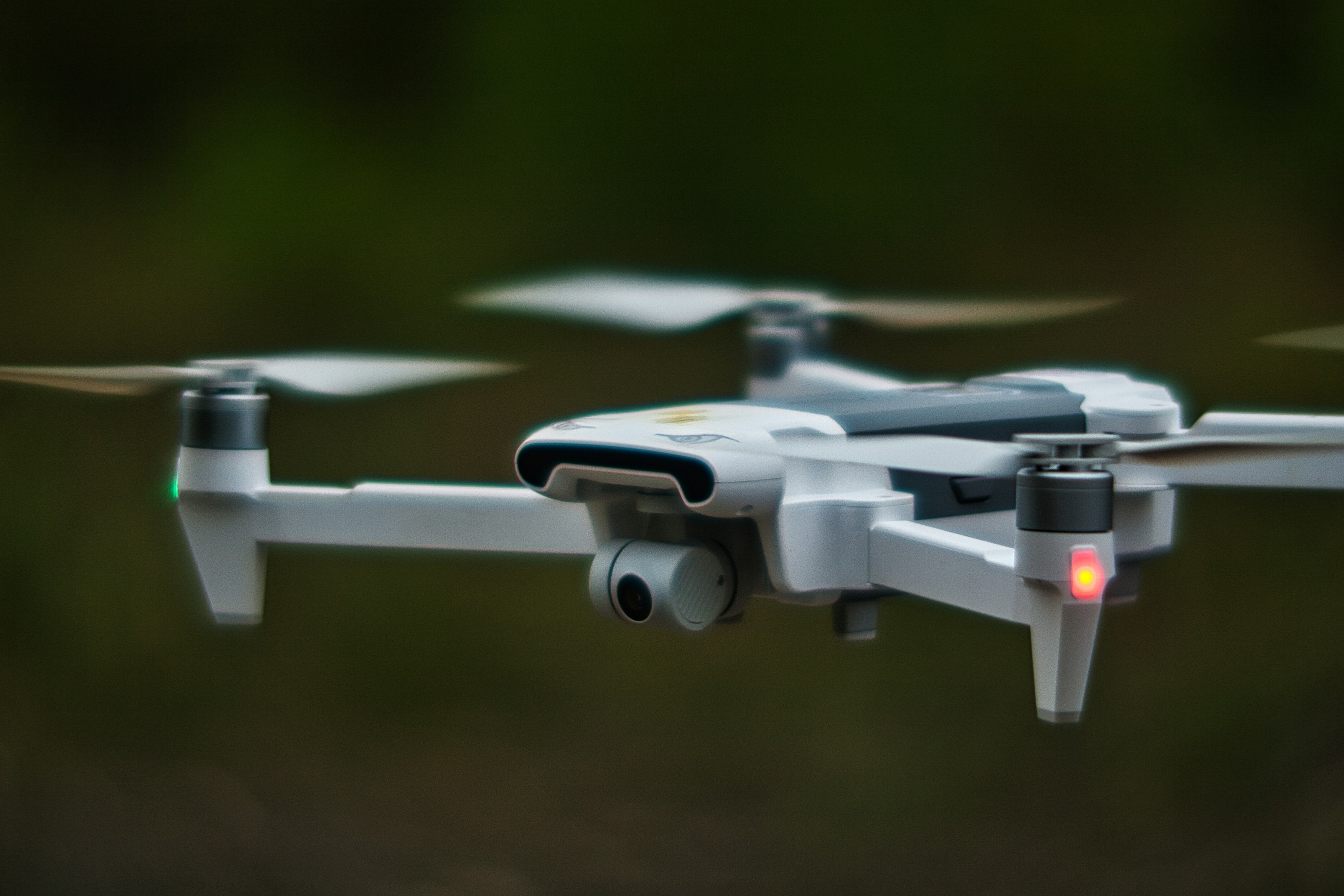Overview
Dedicated to serving those who defend the US and warfighters, Nisga’a MOSTT offers Military Operations support and Specialized Tactical Training (MOSTT). Nisga’a MOSTT’s services include aviation and military training, cybersecurity, intelligence gathering and analysis, and simulation and exercise support, as well as aviation flight logistics support and unmanned aerial vehicle support.
Summary:
Goldbelt MOSTT, LLC is looking for a Senior Tactical Support Engineer (SE) to support the Global System Support Engineers (GSSE) under the United States Special Operations Command (USSOCOM), Program Executive Office for Special Operations Forces Digital Applications (PEO SDA). The objective of this effort is to provide software-agnostic field support for forward-deployed users of operational, advanced analytic intelligence support, as well as to provide technical and analytical mission planning and execution systems support.
This position will support PEO SDA, USSOCOM Components, TSOCs, and others to include Foreign Military Sales (FMS) as mission dictates, by providing technical and analytical mission planning, execution, and post-mission system support. Mission planning is critical to special operations, the mission planning, execution, post-mission system/device will be maintained in a serviceable status to support combat/contingency operations. The overall goal will be to achieve a system/device availability of 95% and a maintenance turnaround time of less than 24 hours from the time of notification within Continental United States (CONUS) and manned Outside the Continental United States (OCONUS) locations. Support will be characterized by two (2) levels: Level I (Critical/Urgent) support will be defined as critical or emergency support to the mission planning and execution system/device. This level of support will be completed within 72 hours or as mission requirements dictate. Level II (Routine) support will be defined as cyclical support to the mission planning and execution system/device. This level of support will be completed within 30 days or as mission requirements dictate.
Responsibilities
Essential Job Functions:
- Specific support levels depend on the specific nature of the analysis. Support Engineers support the units to which they are assigned by leading/training, mentoring, and supervising Mid-Level Support Engineers.
- Coordinate real time specific mission requirements with Government POC, Authority to Operate (ATO), STIGs and ATCs command wide. SEs at this level support meetings with other US Government agencies, as required, to expand capabilities and coordinate/update deployment techniques, also ensure interoperability with Special Tactics operational partners.
- Work with assigned Component with the integration of new and upcoming technologies/systems such as coordinating with USSOCOM TACLAN Program for latest technology and generating field test criteria as applicable for the assigned SOF Component.
- Lead strategic planning and integration group for assigned SOF Component and coordinate daily activities with unit WEPTAC offices.
- Maintain hosted TAK server(s) and ensures mission data isaccurateand current SEs assess viability of equipment issued and recommends STIGs / courses of action.
- Provide Help Desk Tier 1, 2, and 3 Support.
- Collect, process, and analyze GIS data from diverse sources and reproject and/or process datasets out for use on multiple mapping and visualization programs. On a 28-day cycle, they download and process NGA (National Geospatial-Intelligence Agency) data to stay compliant with FAA (Federal Aviation Administration) regulations and standards as well as process, compile, create andvalidateSpecial Operations Aviation (SOA)aircraftmap data, as applicable, to the assigned Components.
- Support engineers routinely provide training to homestation, operational and deployed units. Some training and test sites may require Support engineers to wearappropriate tacticalpersonal protective equipment (PPE) (multicamprotective combat uniform (PCU), footwear, eye protection, etc.), in such cases the required equipment will be Government provided.
- Are responsible for developing and generating the training syllabus as well asassistin training of all fielded software/hardware and other mission planning components.
Qualifications
Necessary Skills and Knowledge:
- Knowledgeableof and be able to perform all the duties of the Mid-level Support Engineer to provide system support services.They support development, test, and training requirements associated with Battlefield Airman Technical Integration Support Center activities; all such activities will remain within the scope of this PWS, as applicable to the unit/org they support.
- Excellent analytical and problem-solving skills.
- Strong communicationand interpersonal skills.
- Ability to work independently and as part of a team.
Minimum Qualifications:
- Bachelor Degree in Computer Science, Information Systems, Engineering, or other related discipline; OR Technical School Certificate related to computer systems OR the equivalent technical training with experience that aligns directly to the duties to be performed in lieu of degree for specific user units.
- Minimum of 7 years operational experience with or supporting an organization’s: navigation and mission planning techniques including preparation and check out of flight plans foraircraftweapons systems OR mission planning computer systems, communications, mission equipment, and planning techniques including preparation of unit mission plans for conduct of peacetime and wartime special operations missions.
- In addition, specific experience in the following areas/programs depending on the assignedcomponent:
- DoD 8570 IAT Level 2, or higher certification (IE: Security +)
- Other, customer- specific planning & execution software applications
- Must be a US citizen.
- An ACTIVE Secret Clearance with TS Eligibility isrequired.
Preferred Qualifications:
- Relevant certifications are a plus.
Pay and Benefits
At Goldbelt, we value and reward our team's dedication and hard work. We provide a competitive base salary commensurate with your qualifications and experience. As an employee, you'll enjoy a comprehensive benefits package, including medical, dental, and vision insurance, a 401(k) plan with company matching, tax-deferred savings options, supplementary benefits, paid time off, and professional development opportunities.
#J-18808-Ljbffr


